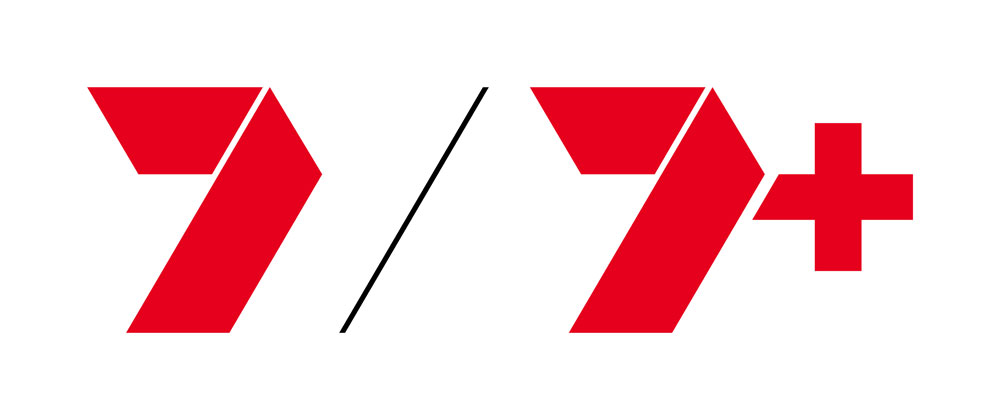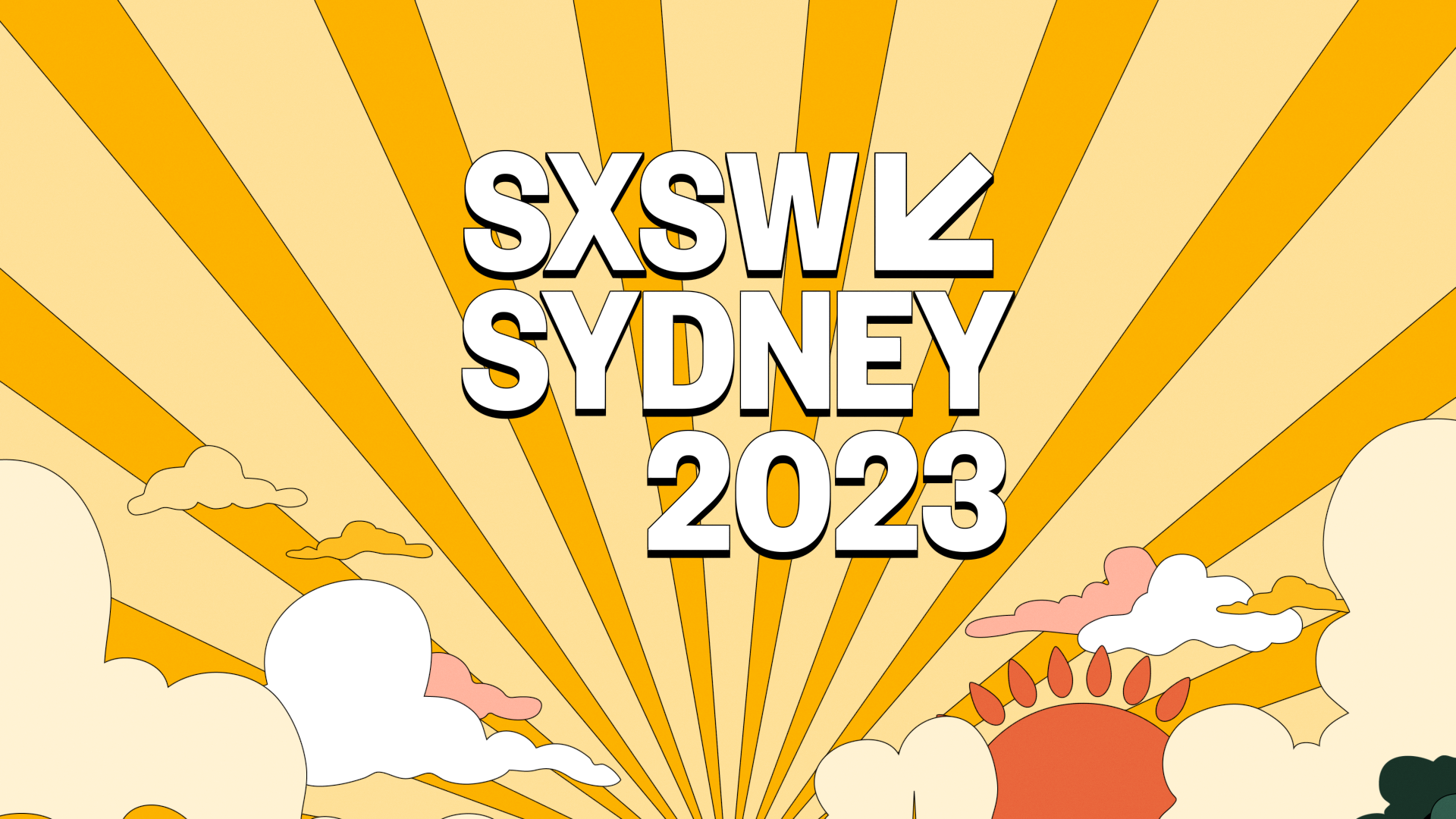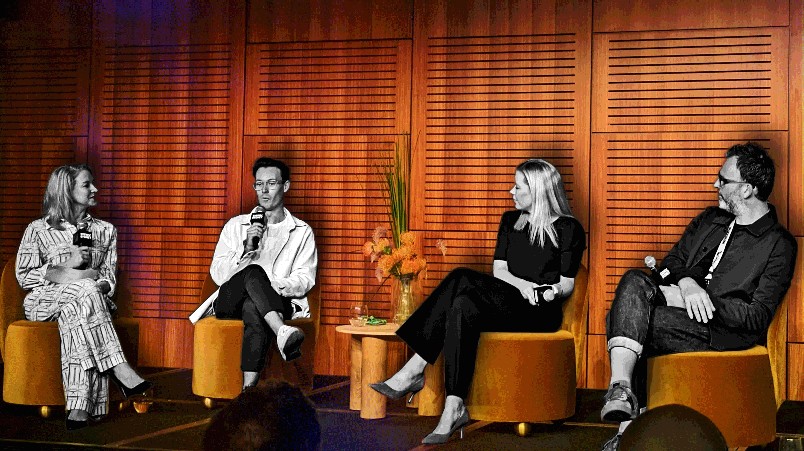SxSW Daily Wrap - Thursday: David Droga says industry should embrace Gen AI; Brent Smart explains creative roster; Heinz Baked Beans AI shocker; Former CMO rates Qantas brand crisis response; plus more
An Mi3 editorial series brought to you by
7 / 7plus


Can't make every session at SxSW Sydney? Fear not. The Mi3 team is on the ground with this daily wrap of bits, bytes and banter from SxSW sessions, speakers and conversations each day. Here's the latest of Mi3 dispatches from Thursday 19 October.
That time when Telstra’s CMO asked CommBank’s CMO to give her verdict on her last employer, Qantas
Give a CMO the chance to ask a question of another CMO and you’re likely to end up with a curly one. Which is exactly what happened at SxSW Sydney during a CMO panel on brand innovation, when Telstra CMO, Brent Smart, asked Commonwealth Bank CMO, Jo Boundy, what she really thought about the response exhibited by her former embattled employer, Qantas, on its current brand and trust crisis.
“If you were still the Qantas CMO, through the last 12 months, what you would have done?” Smart asked in front of a room of approximately 300 punters.
“I’m very proud of my time at Qantas,” Boundy began. “One of the interesting things is it’s such an iconic Australian brand and everyone has a unique relationship with it – you treat Qantas almost like a family member. I can bag the shit out of it, but no one else can say a bad thing about it.”
Quip aside, no one is any doubt Qantas is going through a tough time and many marketers are breathing a sigh of relief they’re not the ones trying to contain and manage it right now. But we shouldn’t forget Boundy was CMO through the Covid-19 pandemic and lockdown, where airlines were largely grounded, the entire world of aviation had to pivot, and ASX-listed Qantas was at real risk of going under. Boundy knows what a tough time and a challenging CMO job feels like.
“We should give Qantas credit for continuing to fly around the country and the globe during that time and since,” Boundy continued. “It goes back to trust and how you build trust. This is not the first crisis Qantas has faced. Airlines are almost perennially in crisis and many not of their own doing. If you fly an airline, you are constantly managing crises in other places, whether it’s weather, or political crises. Anything that happens around the global impacts an airline.
“But it’s different when crisis is facing you. They will get through this - planes are still full. This is more a corporate trust challenge than safety or customer trust. Customer service may have fallen off, but they will rebuild.”
As to delivering a score on Qantas’ 2023 communications and brand strategy, Boundy gave it a tick of approval.
“They are doing the right thing in my playbook – it’s about leaning in, saying they are sorry, getting to the root cause of the problem and trying to fix it,” she said. “Many big brands have stood test of time. It’s those who lean in, own it that survive.”
Check out out full report on the CMO panel from SxSW - and Smart's comments on his creative plan - here. - Nadia Cameron

News consumers go truth shopping to spare themselves the pain of cognitive dissonance
Carved into a granite slab above the entrance to the sandstone lecture halls encasing the Great Court of Queensland University — and overseen by ageless gargoyles — are the words "Great is Truth and Mighty Above All Things".*
But truth, it turns out, is highly subjective. And at least in the world of online news, not especially reliant upon facts. Instead, news consumers want their biases and prejudices reinforced. It's what draws audiences towards the click bait and figurative road smash content online that dominates increasingly algorithmic news channels extending far beyond traditional outlets, to now include services like Discord, Reddit, TikTok and Twitch.
According to Dr Rebecca Huntley, director of research at 89 Degrees East, the hunt for validation comes down to strong human need for security and for belonging. Huntley was speaking on the role of new and old media in the battle for truth and influence on a SxSW panel hosted by WPP ANZ president Rose Hercerg at WPP House.
Put another way, the cognitive dissonance caused by inconvenient facts hurts. Frankly, people would rather have their prejudices reinforced than deal with the psychic pain — as anyone whose family and friends have been freebasing conspiracy theories online can attest. (Sociologist, Zeynep Tufekci famously identified this as a way to hack human vulnerability when she was writing about the implications of social media algorithms optimising for engagement.)
According to Huntley, “When we look at people's media choices, particularly in the landscape as it is at the moment, there is a real sense when people are overwhelmed by the information, they seek out information that validates what they already know and says 'you're a good person and how you see the world is right.'”
Indeed, the more inundated you are with bad news, the more likely you are to cling to it, she said.
Huntley experienced the effect firsthand during the Voice Referendum. 89 Degrees East did a survey of Indigenous Australians and reported 80 per cent of the community supported the Voice.
“[We’ve] never done a piece of research that was more attacked. It didn’t matter whether it was online or not. [We were] attacked, attacked, attacked, attacked that the information was wrong,” she said.
In reality, a booth by booth analysis of voting after the Referendum bore out her findings.
“What was it about that piece of information that made people who were either going to vote 'No' or didn't want to engage with the issue, attack it? If you thought Aboriginal people didn't want the Voice, that made it easier for you not to want it.”
People sought out information that validated their position, and that dissonant pain fuelled their anger, Herceg suggested.
The solution to these self-reinforcing and-validating feedback loops created by social media and AI is better and greater engagement, and more sophisticated news, she said. “It’s like, what’s the solution to a failing democracy? More democracy.”
*The quote is from 2 Esdras, regarded as an apocalyptic text if that makes you feel any better. - Andrew Birmingham

Listen AI – how not to build images for Heinz Baked Beans ads
How bad could it be? Bad – but it gets better. WPP’s global production outfit Hogarth delivered an instructive session this week on how bad AI can be at doing its thing for brand and advertising work but how quickly it can turn if humans know what they’re doing.
The Art of AI: Breathing Life into tech-driven solutions was fronted by Hogarth’s Australian director of technology and innovation, Mikhail Tokarczyk, creative technologist, Raphael Ruz and wait for it – Loreal’s director of procurement, Orrie Tzamouranis. What’s procurement got to do with it? A lot as it turns out. But that’s for another story, another day.
What we saw were examples of the rapid development of Midjourney and other AI image tech from outright horror to IRL – well almost. Checkout the Heinz journey.
Gen AI should destroy mediocre ads and write the next Fast & Furious
Accenture Song David Droga urged creatives to take off the rose-tinted glasses and embrace how tech can power their roles. If not, they should leave advertising. There have been a lot of sessions at SxSW Sydney about Gen AI and whether it is a force for good or evil, but Droga reckons it’s not binary. He called out the “self-inflicted” damage of “garbage” TV advertising and reckons that Gen AI will weed out mediocrity, but also elevate the need for distinctive creativity. One of adland’s great thinkers also reckons he should run for PM.


Good beans
And how about Jack Sparrow – this image progression represents the advancement of Midjourney taking on Jack Sparrow over 18 months. Things can only get better… - Paul McIntyre

Music cool rooms: The best f***ing thing Endeavour Group has done?
Let’s be honest – brands partner with music artists because they have a higher cool factor than any corporate can score. And when it comes to the ‘milz’ generation – the millennial + Gen Z consumer – finding a passion point and emotive moment you can attach to in order to engage younger prospects is such a difficult ask, it makes sense to go musical.
But there was an added impetus of purpose and supporting the music industry that accompanied the brand activation stories presented by Endeavour Group and American Express at this year’s SxSW Sydney.
“Endeavour is about bringing people together, whether that’s a weekend dinner, Friday night wind down or big celebration. Brands are part of those moments and our retail brands, hotel venues deliver that,” said the retail liquor and hotel owner brand’s CMO, Jo Rose. “It’s about moments of connection, bringing people together and creating memories and stories.”
Post-Covid, there’s a big push for genuine social connection, Rose continued, who pointed out many younger people have been through isolation in their formative years.
“With passion comes fandom – something as brands you want to be a part of,” she said. “You need to play in the space you have permission to play in. With music and self-expression, it’s even more jarring if you’re not authentic – it just feels icky. Worse than getting it wrong is being lost in a sea of sameness.”
Which is why Rose is a proponent for “acts not ads”. Having reset its brand positioning in May last year, BWS was in a position to start cementing brand attributes by building music partnerships. Knowing its 1400 retail shopfronts represent the closest moment to the actual drinking occasion of customers, Endeavour launched the BWS Cool Room. Results included 8 million impressions, 250,000 performance reviews and 1.7m unique engagements on Spotify.
“Feedback was overwhelmingly positive – we had people saying it was the best f***ing thing BWS has done. It’s the best brand uplift we have seen so far on brand activations plus in personality traits we hoped to dial up, including youthful and modern,” Rose said.
As part of its year two program, and desiring scale, BWS has debuted its inflatable cool room at SxSW Sydney with long-term music act partner, Lime Cordiale, plus Armani White and Memphis LK.
“BWS stores are relatively small and can only host 40-50 people. It’s a unique VIP experience but limits participation. And it’s disruptive to trade,” Rose said. The inflatable edition of the cool room will move to Newcastle in November then Melbourne in December.
Endeavour has also jointly launched a new carbon neutral beer with its long-term music artist collaborator, Lime Cordiale.
“Partnership is a collaboration right the way requires both partners to come to the table with different sources of value that’s greater than some of the parts,” Rose said. “In a world where there is a sea of influencers who are arguably superficial in that space, that’s powerful for us.”
Younger audiences are also the reason AMEX invests a lot in music artists and pre, during and post-music activations and promotions, said director of brand and experience, Adam Slattery. When Covid hit, the marketing team had to fight to retain budget to support the music industry as things shut down. During this time, $2 million was invested across 70 initiatives to keep the music industry going, from studio mentorship to helping bands tour overseas as well as bringing smaller and larger brands into local venues.
AMEX’s ‘Back the night’ saw 17 acts across six local venues bringing back live music to local venues and for fans as lockdowns receded. Tickets sold out in 5 minutes and reach of 8.7 million came off the back of the program.
“As a brand in the finance industry, with an ageing base, growth comes from younger audiences. AMEX is a premium institution – a shift in positioning of our brand does come from moments that matter as well as partnering,” Slattery said. “You’re combining credibility of both brands and getting to a new audience.” - Nadia Cameron

Patience as a marketer might just let you also put Lionel Richie in the fridge
“Can we still put Lionel Richie in the fridge?” asked Guzman y Gomez global CMO, Lara Thom, during a panel session at SxSW Sydney discussing marketing accountability.
The question was triggered by a discussion on creative effectiveness, attention, and whether marketers would ever be willing to hold on the same creative for as long as it can actually perform with audiences.
Lionel Richie popped up as an example of the creative genius being pioneering advertising over the last couple of decades. Back in 2013, Lion’s creative agency, BMF, crafted a 60-second advertisement for the FMCG’s Tap King home beer dispenser which featured the Richie not dancing on the ceiling, but rather singing and playing another of his other iconic tunes, Hello, on a white piano in the fridge, then pouring a beer and handing it to the consumer who’d opened the door.
During the panel session, Thom questioned whether the same thing could be achieved today. By contrast, she suggested brands only had the first 4 seconds to grab attention given society’s widespread attention deficit. While there was agreement that’s the reality in retail and social media, Analytics Partners MD for Australia, Paul Sinkinson, noted plenty of books, movies and other content forms are getting longer – and remain popular with consumers.
“I don’t think the insight of ‘give people something they find interesting, so they pay attention to it’ is new, it’s just people have more choice. It’s less about attention – otherwise those books and movies would be shorter,” Sinkinson argued. “It’s not that you don’t need to grab attention upfront – it’s a reflection of choice. I think where that thinking takes you though is problematic.”
Read the full report – and Sinkinson’s fired-up attack on marketers for creative impatience – here. - Nadia Cameron
